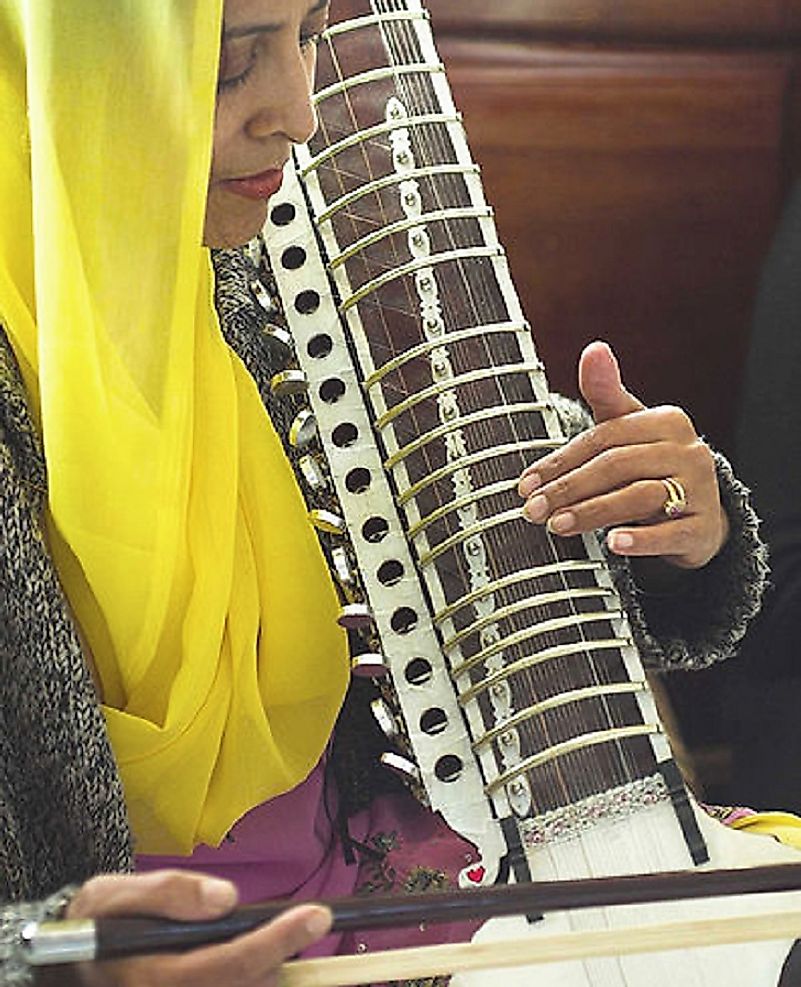Who Are The Punjabi People?

5. Punjabi Diaspora
Mostly found in Northern India and Pakistan, Punjabis are one of the largest ethnic groups on the face of the earth. They belong to the Indo-Aryan race. They overwhelm other ethnic Indians and Pakistanis by their sheer population of 88 million. About 20 million of that total live in Punjab, India, while 68 million are in Pakistani Punjab. Historically, these two regions were the ancestral homelands of the Punjabi people. As a people, they are industrious, loud, and full of humor. The so-called Punjabi identity is the coming together of many groups of people who lived in the Punjab states of India and Pakistan.
4. Historical Role
The Punjab regions gave the Punjab nation their identity and homogeneous culture. The name Punjab itself means, “Land of the Five Rivers” It has its origin from the Persian words panj (five) and ab (river). The two regions developed from ancient agricultural settlements that were the Harappan civilization from the Third Millenium BC onwards. The Ravi River was the prime location where their ancestors settled, and the Afghans, Turks, Huns, Greeks, and Persians are all counted as part of the Punjabi lineage. Over time, they were to come under the rules of the Mogul Empire, the Sikh nation, and Imperial Britain. In 1947, the Punjab region was divided into two, and officially became Indian Punjab and Pakistani Punjab, as predominately Muslim Pakistan sought to free itself from predominately Hindu India.
3. Punjabi Art, Culture, and Cuisine
Punjabi culture encompasses its art and crafts, music, cuisine, architecture, and festivals. Art in Punjab society includes mud used to plaster their homes and walls creating a variety of designs similar to wallpaper. Metalwork includes cutlery and household table items. Wooden toys and boxes are also popular handicraft items as well as basketry of glass. Needlework, rug making, footwear, paintings, weaving, and embroidery all add to the variety. Literature and poetry are practiced as art. Dances include the Bhangra and Jumar, which are popular during celebrations. Punjabi cuisine is composed of chicken, bread, rice, yogurt, sweets, and spices. Popular Punjabi dishes are tandoori chicken, pakoras, samosas, naan, mutter paneer, barfi, and gulab jamun.
2. Language and Religion
There are about 130 million Indians and Pakistanis who use the Punjabi language as their mother tongue. Although some ethnic Punjab groups may use other variants of the language in another dialect depending on their origin like the Lahnda languages. Pakistan has about 76,335,300 native speakers, while India has 29,102,477 users of the Punjabi language. Some 102 million migrants around the world also use Punjabi as first language. Religion plays a major part in Punjabi life. In earlier times, Hindu and Buddhism ruled their way of life. Then, Islam, Sikhism, Christianity, and other minor religions were introduced and accepted by the Punjab people. Christians are either Catholic or Protestant, with more members in Pakistan than in India.
1. Modern Threats and Influences
Many Punjabi subgroups also belong to the Sikh religious faith, and these are an important subset of the larger Punjabi culture. The Sikhs originally ruled the Punjab regions from 1767 to 1799, after which they became subject to British rule. The problem of the Sikh extremists has arisen from their desire to be independent and form their own country of Khalistan, which would be located in the Punjab regions of India. This has resulted in the killings of people in the area. Since then, the declaration and sovereignty of the country of Khalistan has been on and off. Having started at the time of Prime Minister of Indira Gandhi, the Sikh extremists have continued to create civil strife and unrest in the Punjab region of India still today.











